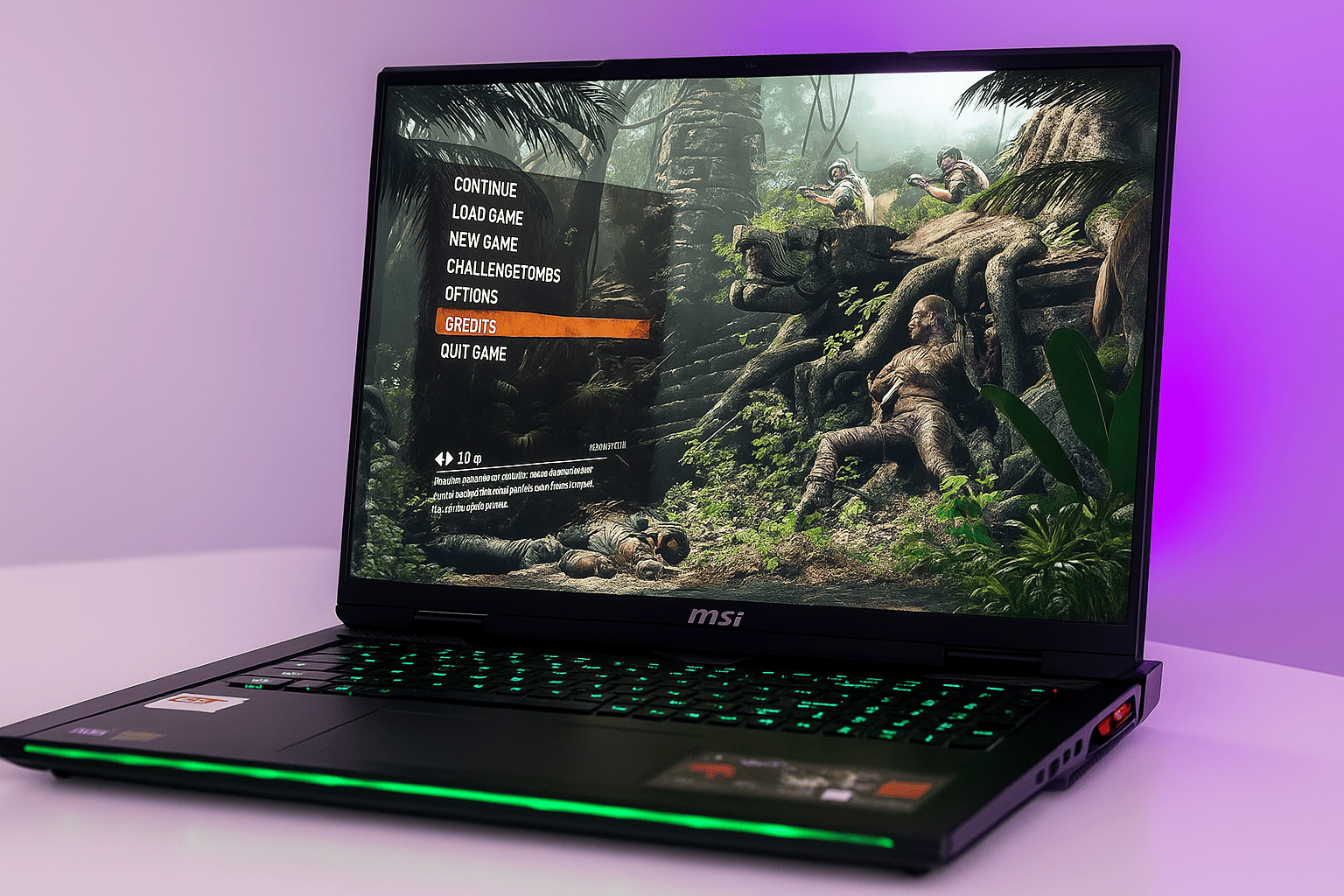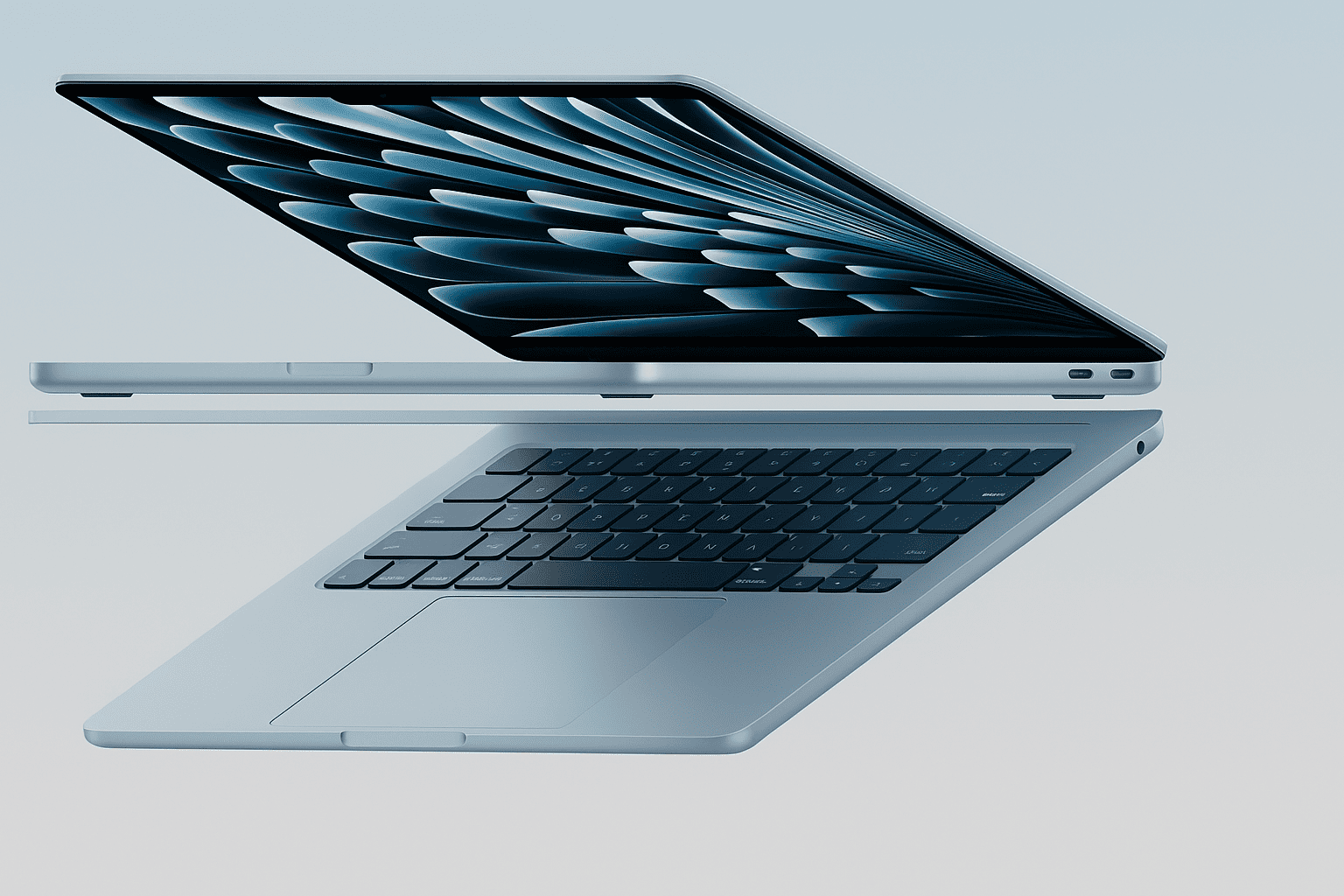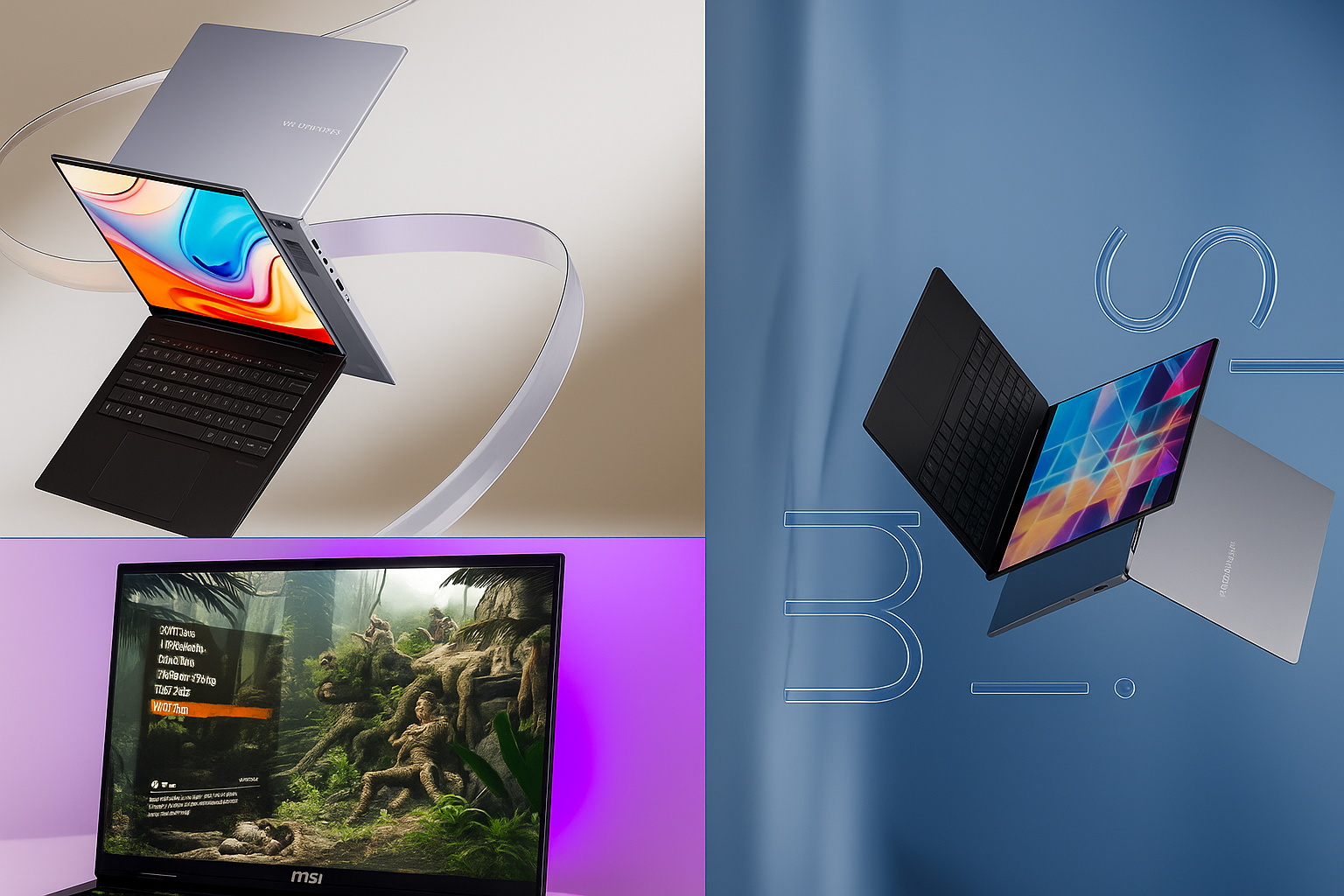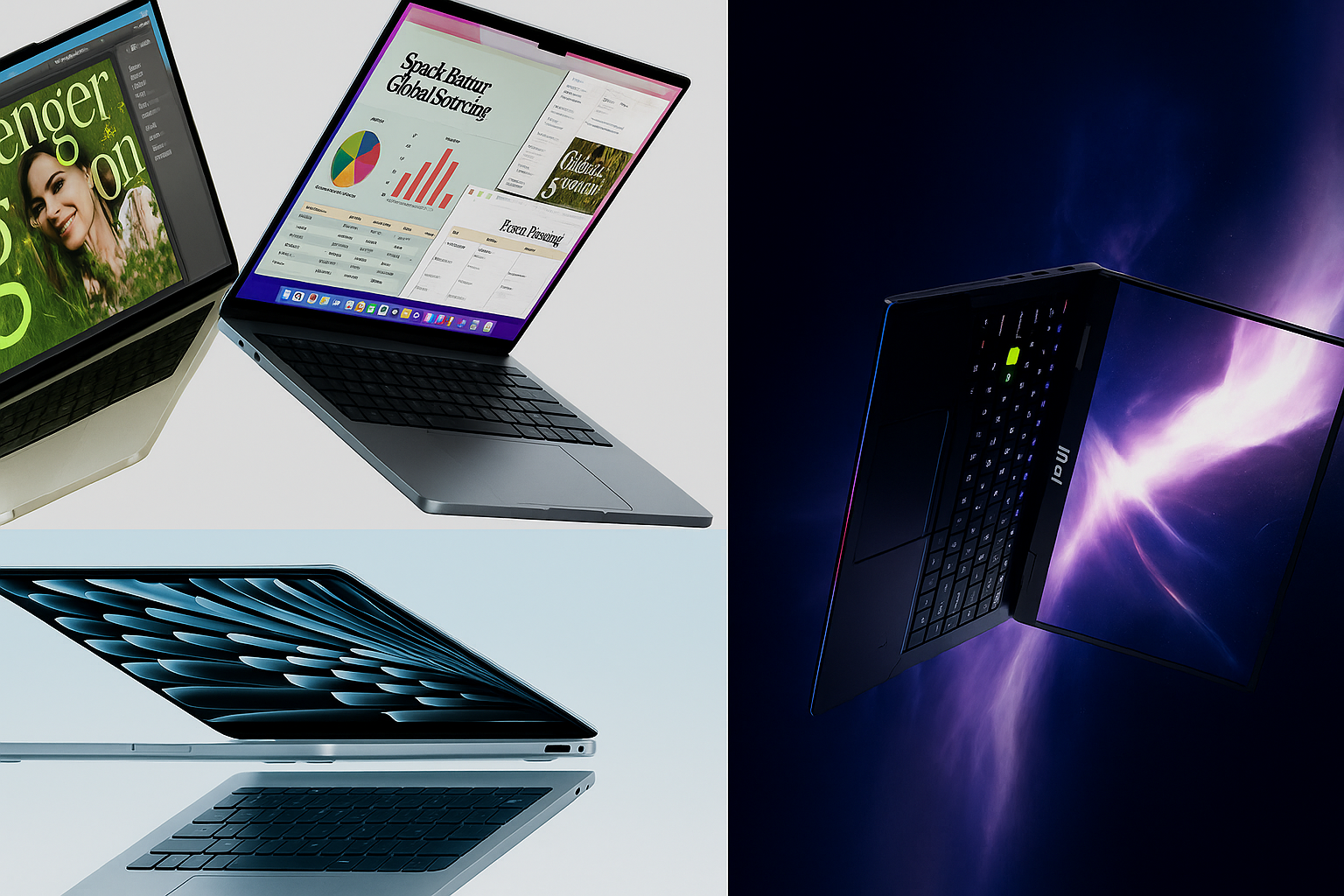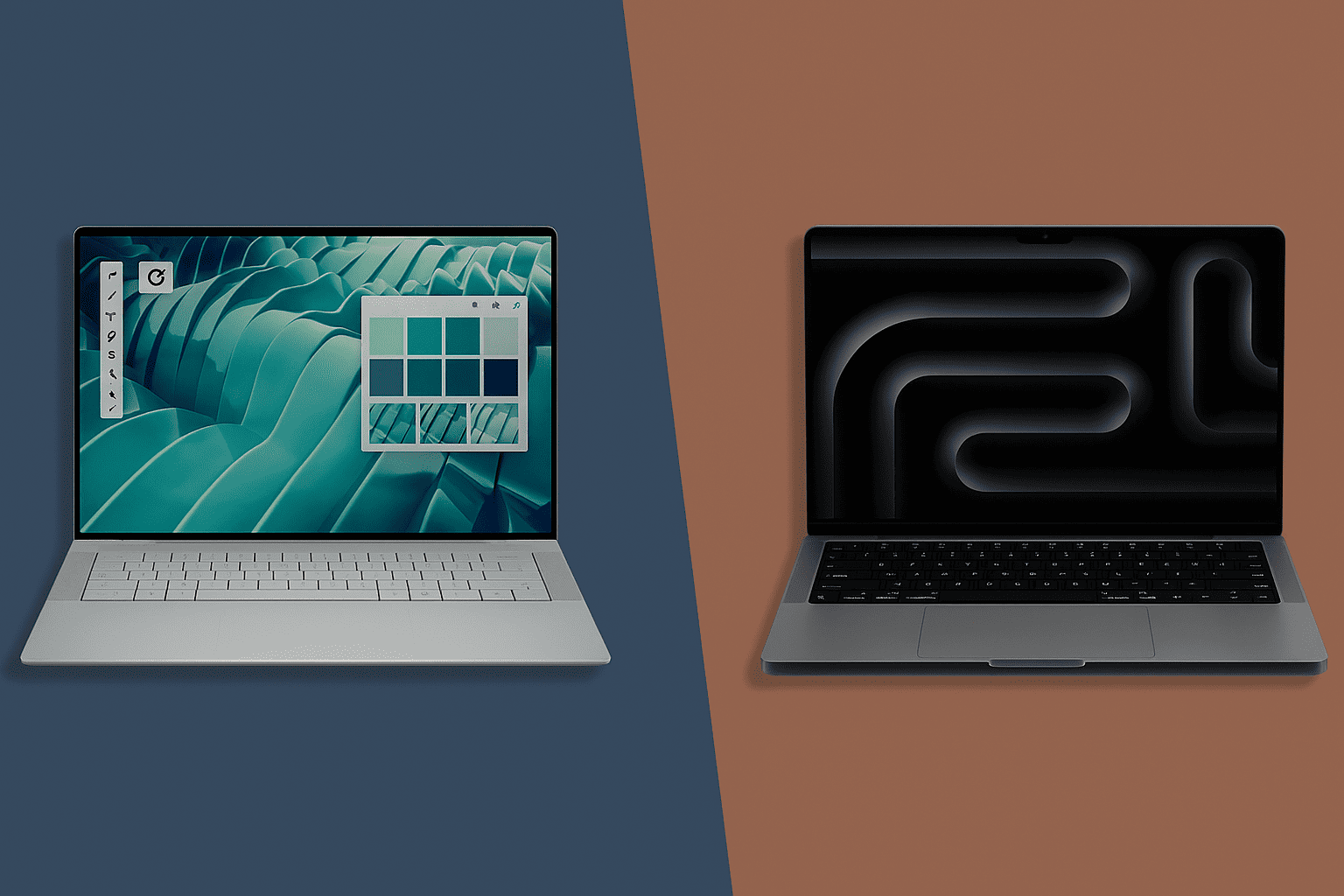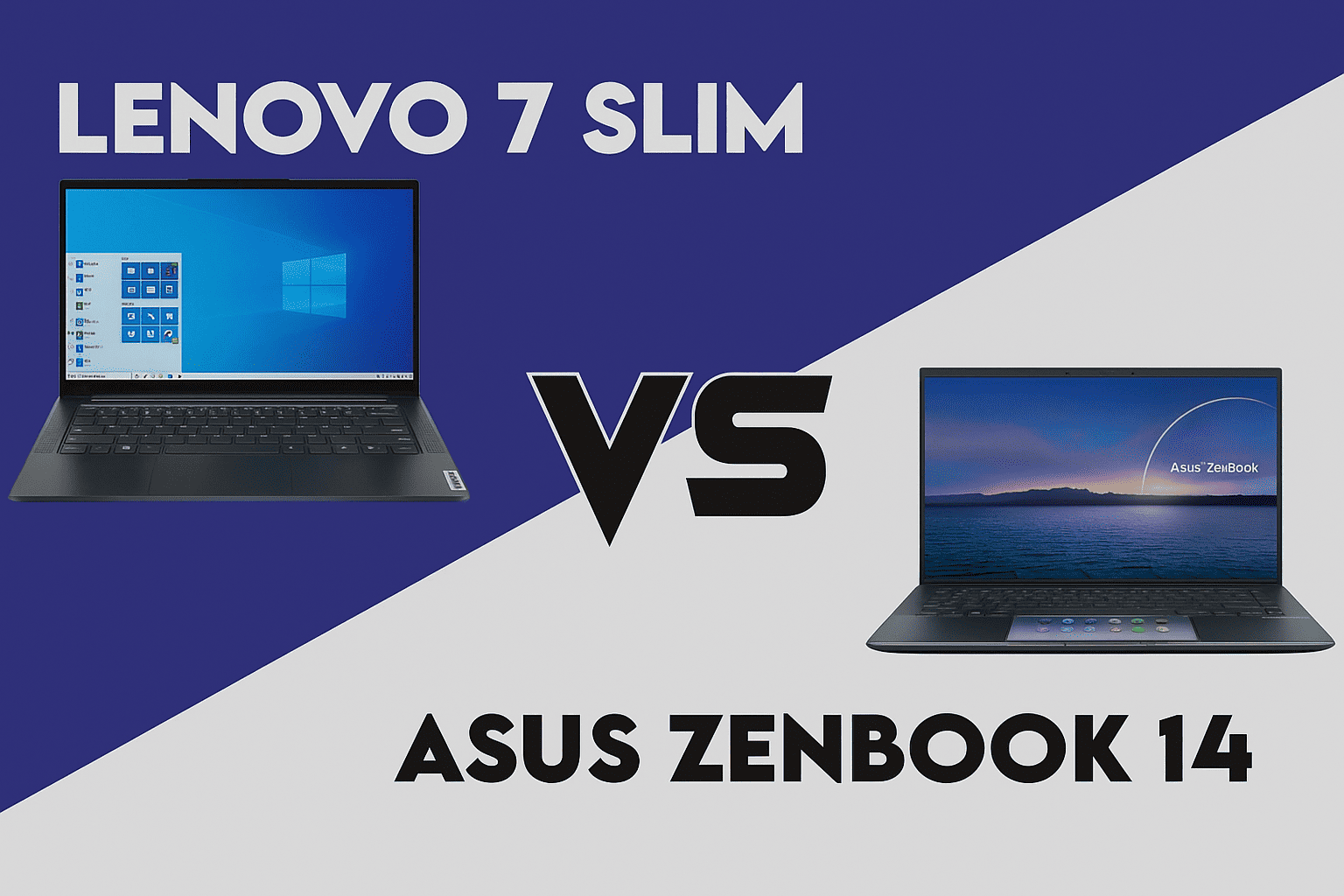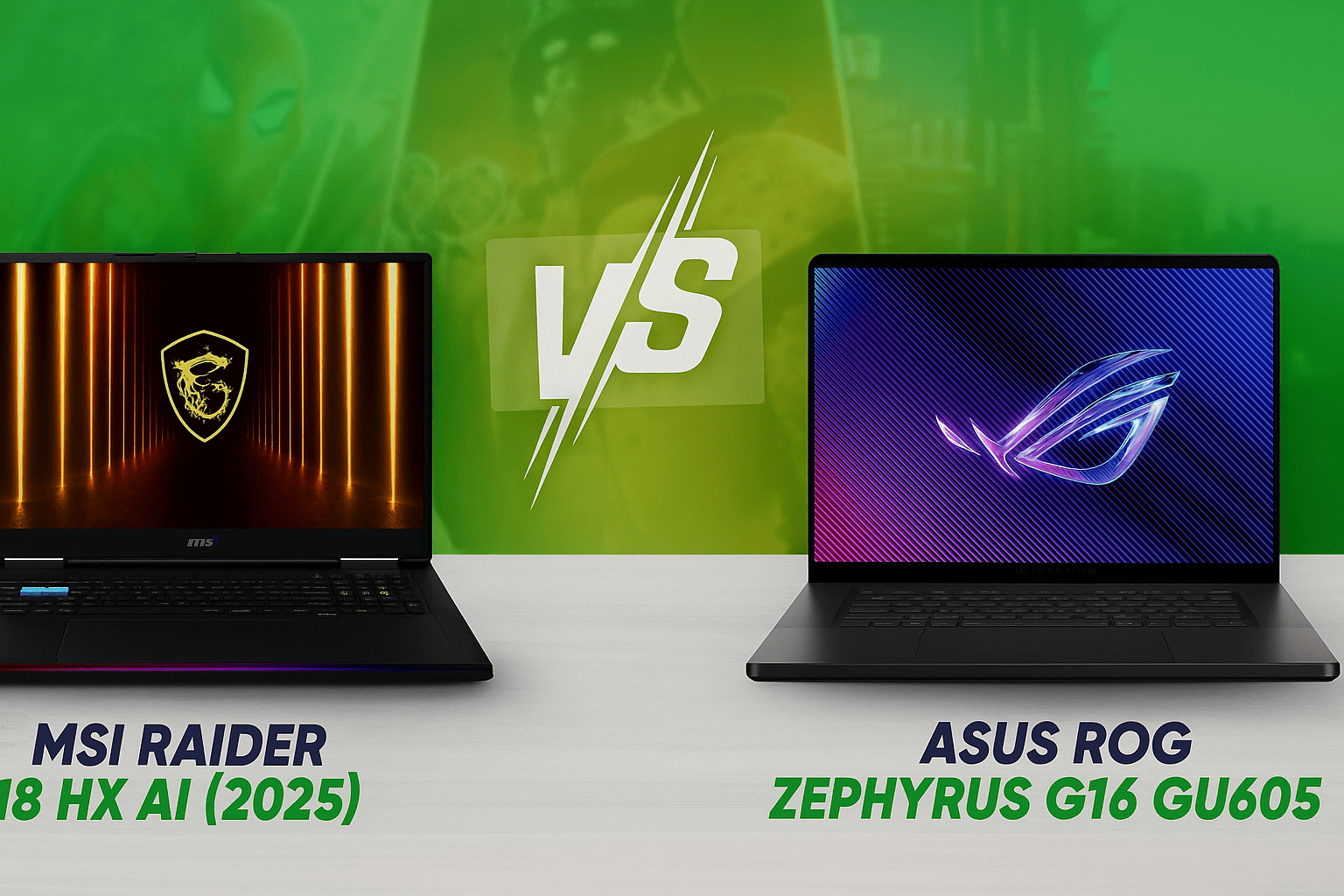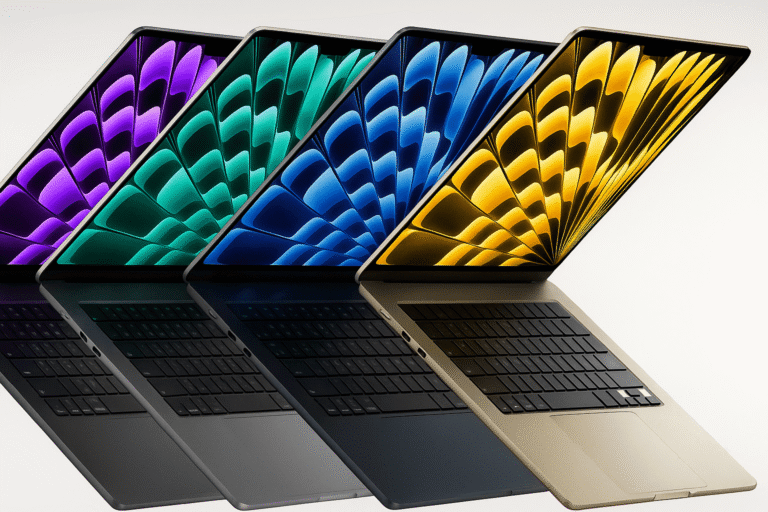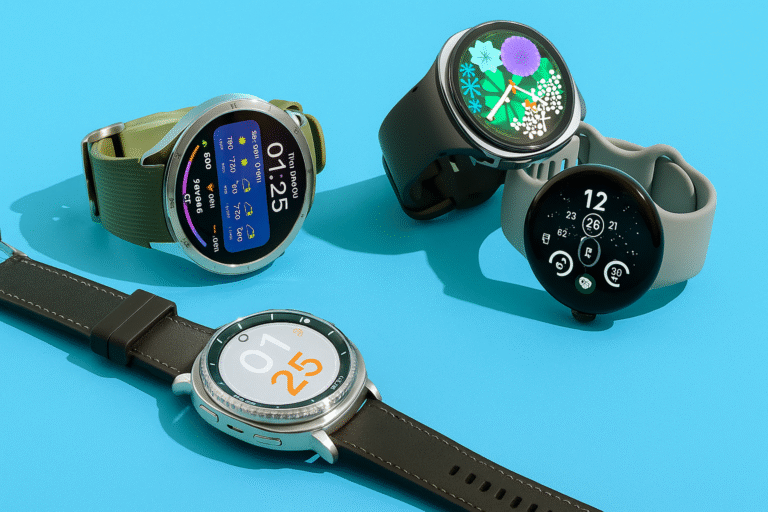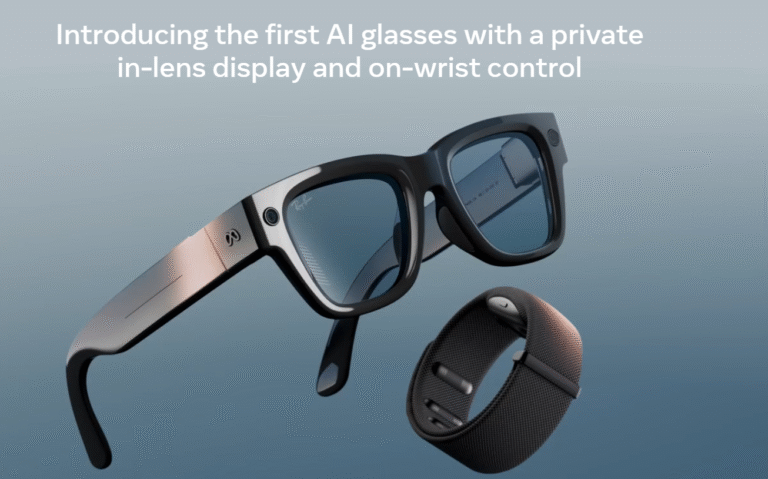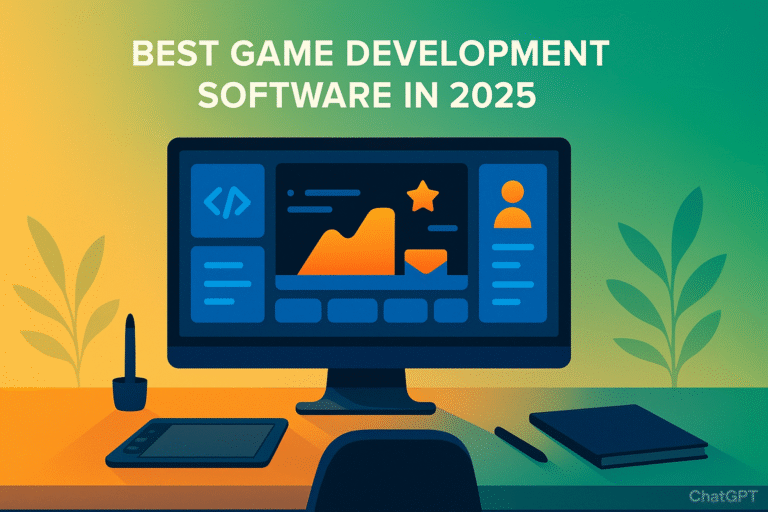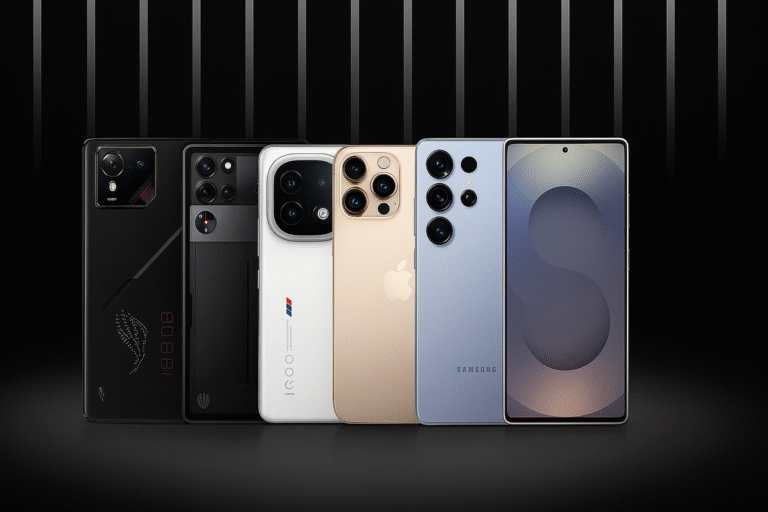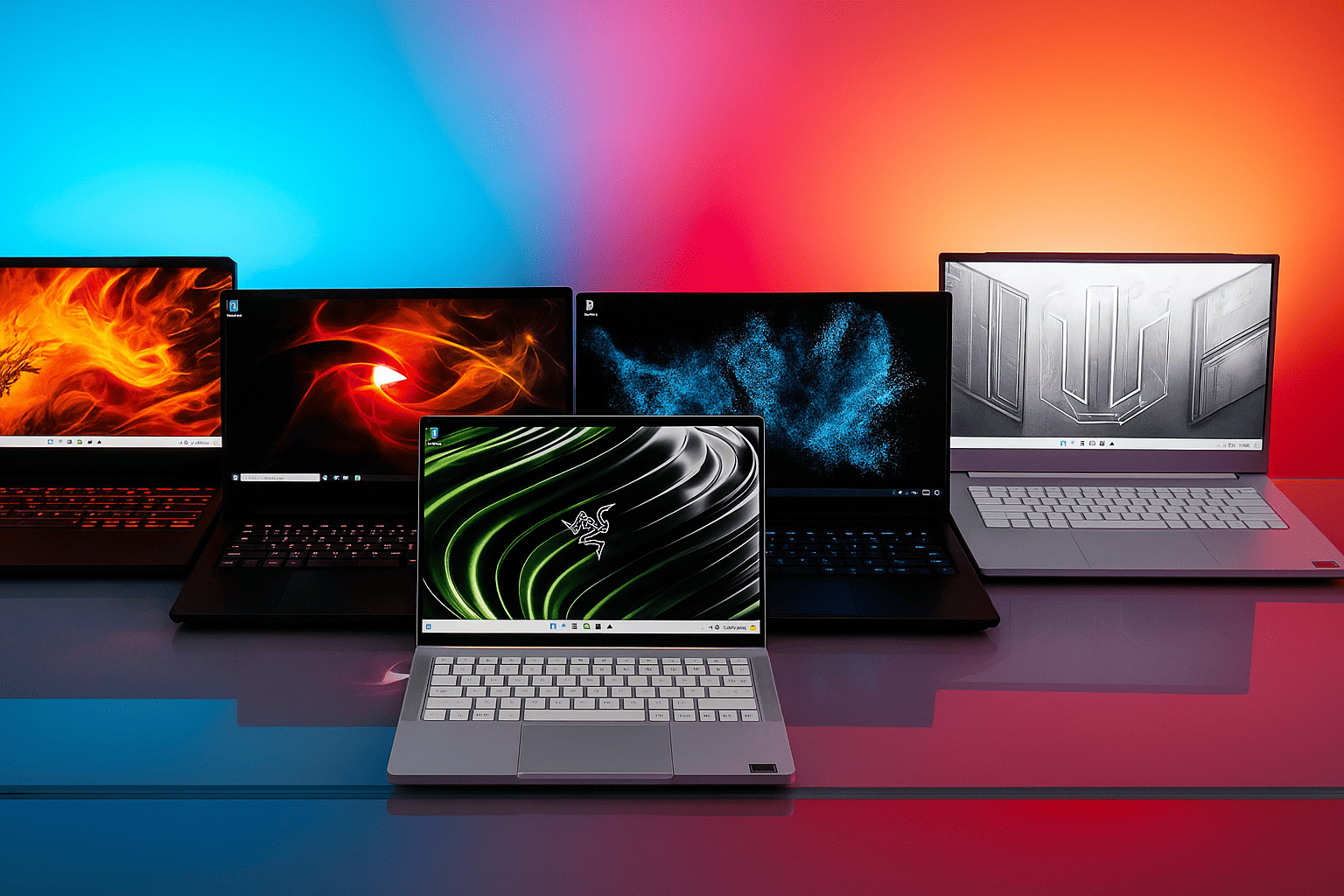
Yo, on the hunt for the dopest laptop to crush 2025’s chaos? Whether you’re a student grinding through notes, a gamer chasing headshots, or a work-from-home warrior dodging Zoom glitches, I’ve got the tea. After binging reviews, testing rigs, and scrolling X for user vibes, my top pick for most folks is the Apple MacBook Air M4 (13-inch)—sleek as heck, powered by the M4 chip, and rocking 18 hours of battery for ~₹99,900 ($999). Windows fans, the Asus Vivobook S 14 kills it with a vibrant OLED screen and 19-hour juice for ~₹80,000 ($900). Gamers, the MSI Raider 18 HX AI is a monster with an RTX 5090 GPU at ~₹2,50,000 ($3,000). I’m spilling all the masala—features, pros and cons, global prices, user buzz, and how they stack up against Dell and Lenovo. Let’s find your perfect laptop!
Why I’m Losing My Mind Over 2025’s Laptops
A year back, I was sweating it out in a Delhi café, my beat-up HP laptop wheezing like it just ran a 5K. Now, in 2025, the MacBook Air M4 and Asus Vivobook S 14 are straight-up legends. Rocking AI-charged chips like Qualcomm Snapdragon X Elite and Intel Core Ultra, they last over 20 hours and have screens so sharp, Mirzapur would look 4K in real life. Perfect for coding in Bengaluru, gaming in Mumbai, or studying in a Chennai PG.Plus, brands are going green with repairable designs, which is dope for the planet. I’ve dug through Laptop Mag, TechRadar, PCMag, and X posts to get the real scoop. Ready for the juicy deets? Let’s roll!
Features & Specifications: What Makes These Laptops Epic
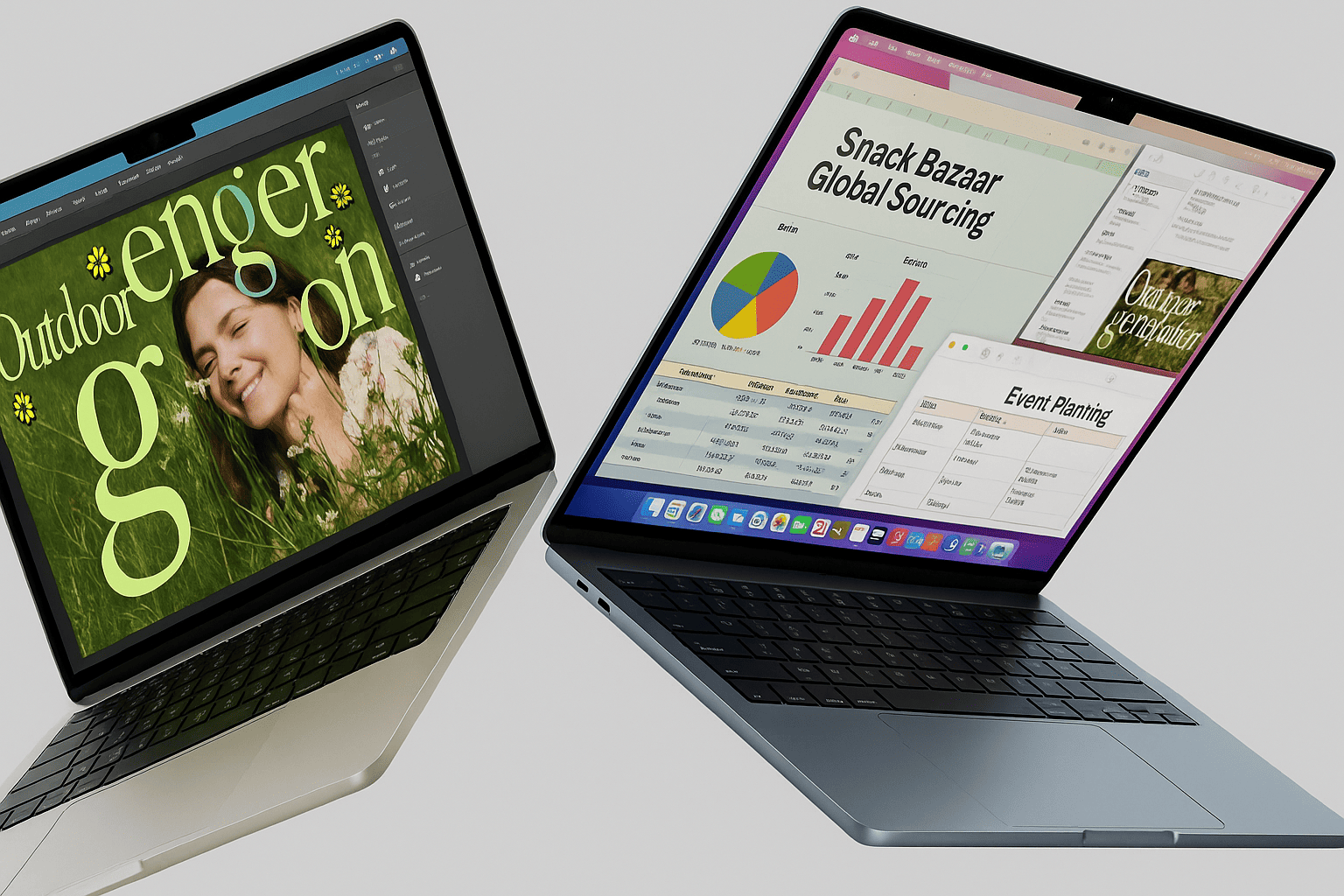
Apple MacBook Air M4 (13-inch): The Do-It-All Champ
The MacBook Air M4 is like that one friend who aces everything—exams, dance-offs, you name it. Its M4 chip (10-core CPU, 10-core GPU) eats video editing and multitasking for breakfast. The 13.6-inch Liquid Retina display (2560×1664, 500 nits) is so bright, I could edit photos in a sunny Pune café. With 16GB RAM and 512GB SSD (base model), it’s snappy as heck. The 18-hour battery life lets me binge Panchayat and still have juice for emails. At 2.7 pounds, it’s lighter than my gym bag, and macOS Sequoia syncs with my iPhone like they’re BFFs. The 12MP webcam and six-speaker setup make Zoom calls pop. Built for India’s sweaty summers, it’s fanless and silent, with a nano-texture glass option for glare-free outdoor work. Starts at ₹99,900 ($999).
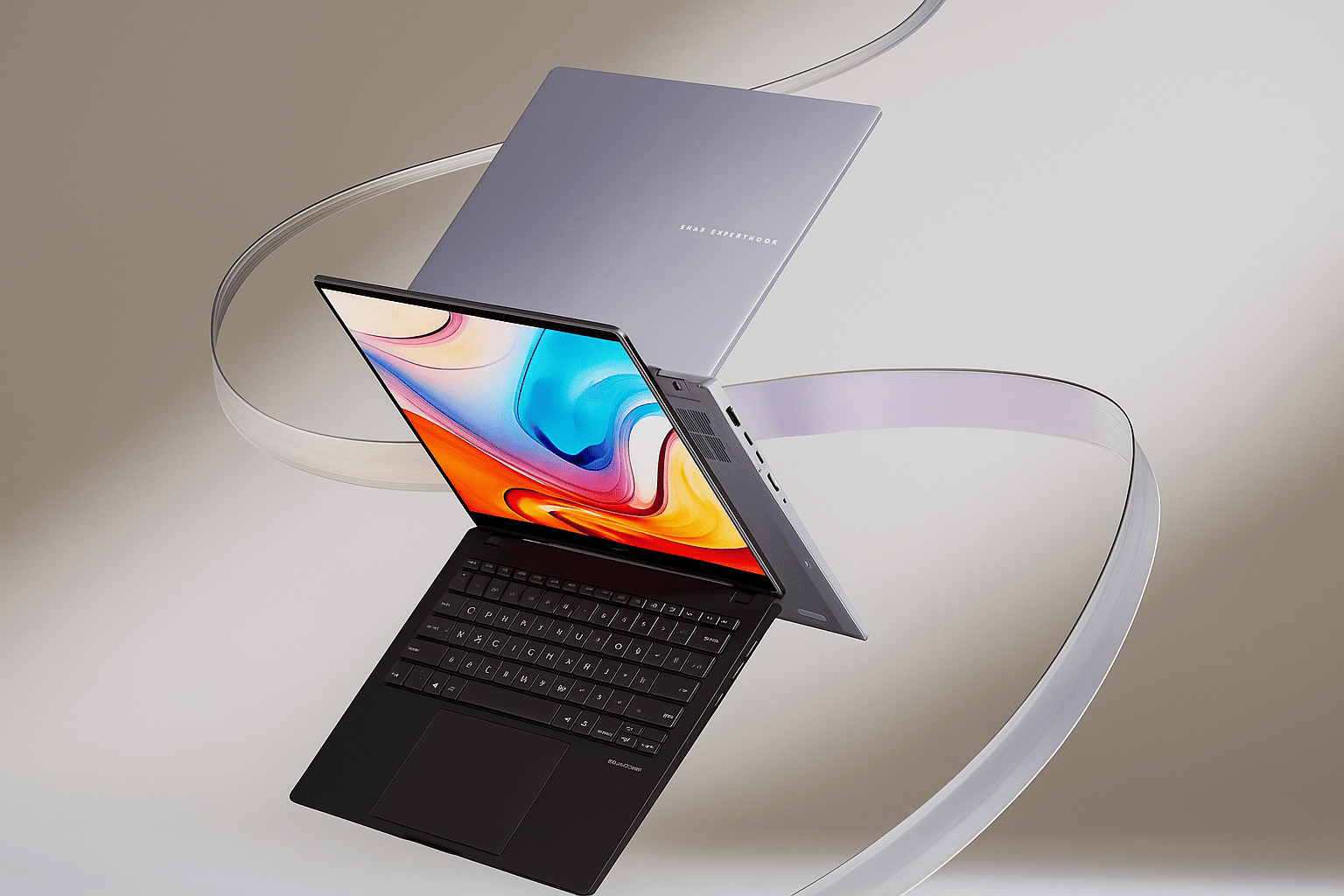
Asus Vivobook S 14: Windows’ Coolest Kid
Windows gang, the Asus Vivobook S 14 (Q423SA-U5512) is your vibe. Its 14-inch OLED display (2880×1800) is so vibrant, my Netflix sessions in a Hyderabad hostel felt like a theater. Powered by a Qualcomm Snapdragon X Elite or Intel Core Ultra 7 256V, it’s zippy for coding and light gaming. With 16GB RAM, 1TB SSD, and 19-hour battery life, it’s a beast. At 2.87 pounds, it’s easy to lug around, and the customizable RGB keyboard adds swagger—perfect for late-night study grinds. The haptic trackpad feels smoother than butter chicken, and three USB-C ports keep you plugged in. Built tough for India’s dust, it’s got Windows 11 AI tricks like Copilot+. Starts at ₹80,000 ($900).
MSI Raider 18 HX AI: Gaming’s Big Boss
Gamers, bow to the MSI Raider 18 HX AI. Its 18-inch mini-LED display (3840×2400, 300Hz) is a visual party, and the Intel Core Ultra 9 275HX with an Nvidia RTX 5090 GPU obliterates GTA VI at max settings. With 32GB RAM and 2TB SSD, it’s a monster for AAA games and 4K video edits. The mechanical keyboard is clicky heaven, and Thunderbolt 5 ports are lightning-fast. At 7.5 pounds, it’s a desk hog, but the external water-cooling option keeps it chill during epic sessions. Battery life’s a weak 6 hours, so keep it plugged in. Built for India’s power swings with beastly cooling, it starts at ₹2,50,000 ($3,000).
Pros & Cons: The No-Filter Lowdown
Apple MacBook Air M4 (13-inch)
Pros:
- M4 chip tears through editing, coding, and multitasking.
- 18-hour battery life for all-day café grinds.
- Stunning Liquid Retina display, perfect for sunny outdoors.
- Featherlight (2.7 pounds) and silent—fanless design.
- iPhone/iPad sync with macOS Sequoia is seamless.
Cons:
- Only two USB-C ports (dongle drama, ugh).
- Base 256GB SSD fills up fast for heavy users.
- Nano-texture glass option costs an extra ₹12,000.
Asus Vivobook S 14

Pros:
- 14-inch OLED display is a visual feast.
- 19-hour battery life—survives long study sessions.
- Lightweight (2.87 pounds) with a sleek look.
- RGB keyboard adds fun vibes for late-night work.
- Snapdragon X Elite or Intel Core Ultra for speedy performance.
Cons:
- No USB-A ports (grab a hub, fam).
- Snapdragon’s ARM chip has rare app compatibility hiccups.
- ₹80,000 is steep for budget hunters.
MSI Raider 18 HX AI
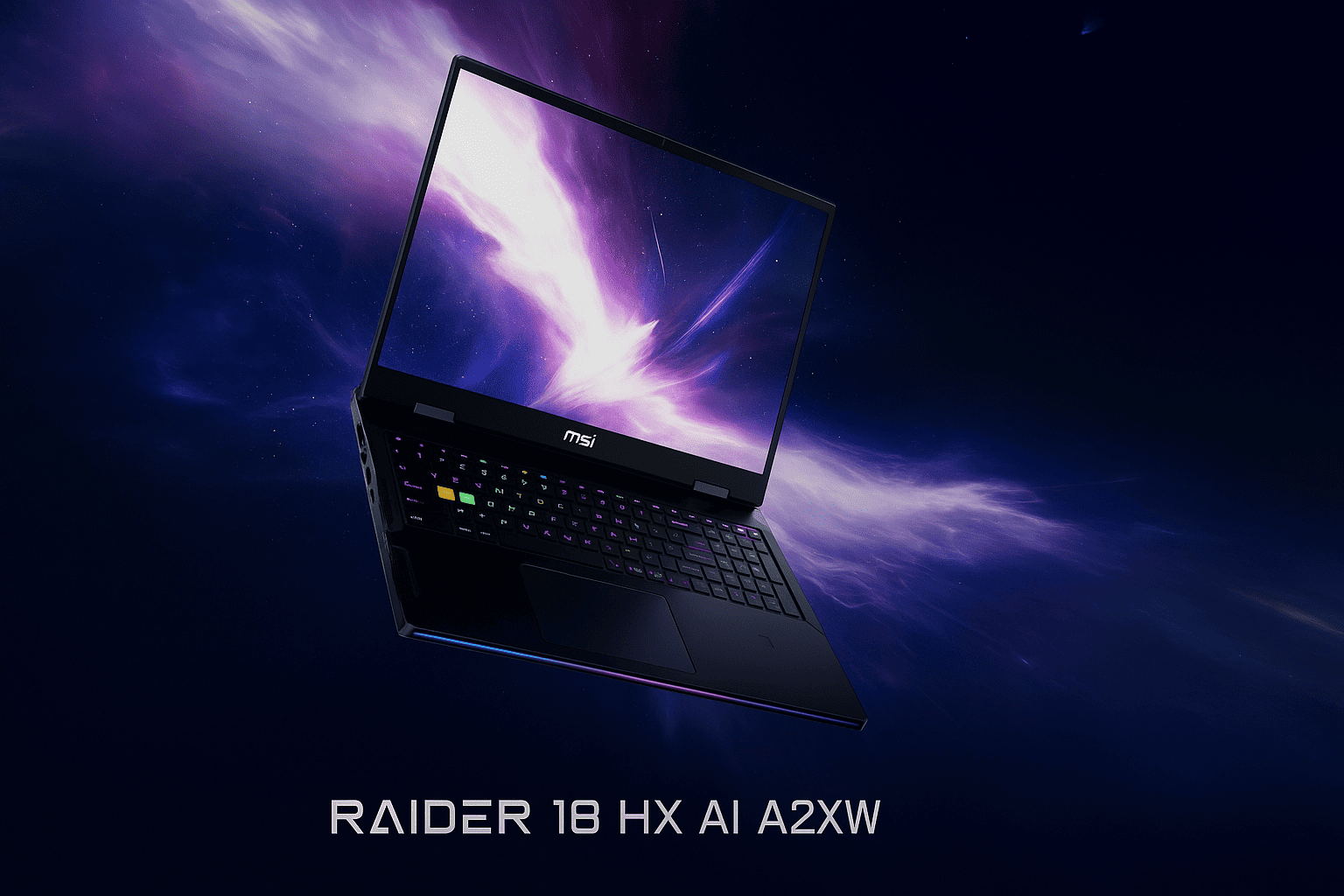
Pros:
- RTX 5090 GPU crushes 4K gaming and creative tasks.
- 18-inch 300Hz mini-LED display is a gamer’s dream.
- Mechanical keyboard feels like pure joy.
- Thunderbolt 5 for blazing-fast transfers.
- Water-cooling option for marathon gaming.
Cons:
- Chunky 7.5 pounds—not for backpacks.
- 6-hour battery life is a gamer’s curse.
- ₹2,50,000 price tag is a wallet-buster.
Price vs. Value: Global Breakdown
In India, the MacBook Air M4 starts at ₹99,900 ($999) for 16GB/256GB, climbing to ₹1,29,900 ($1,299) for 512GB. In the US, it’s $999–$1,499; in Europe, €1,099–1,599 (₹96,000–1,40,000); in Australia, AUD 1,499–2,199 (₹83,000–1,22,000). Its 18-hour battery and M4 muscle make it a steal, especially with Apple’s trade-in deals saving ~₹20,000. Running costs? ~₹2,000/year at ₹10/unit for its 30W sip, vs. ₹3,000 for older laptops.
The Asus Vivobook S 14 is a budget banger at ₹80,000 ($900) in India for 16GB/1TB. In the US, it’s $900–$1,200; in Europe, €850–1,100 (₹74,000–96,000); in Australia, AUD 1,300–1,700 (₹72,000–94,000). Its 19-hour battery and OLED display outshine pricier Dell XPS models (₹1,10,000), with similar ~₹2,000/year running costs.
The MSI Raider 18 HX AI is a premium beast at ₹2,50,000 ($3,000) in India. In the US, it’s $3,000–$4,000; in Europe, €2,800–3,800 (₹2,45,000–3,33,000); in Australia, AUD 4,500–6,000 (₹2,50,000–3,33,000). Its RTX 5090 justifies the cost for gamers, but its 300W draw means ~₹6,000/year. For India’s pricey power grid, the MacBook and Asus are wallet-friendlier.
User Reviews & Expert Insights
User Buzz
I’ve been lurking on X and Amazon India, and the MacBook Air M4 is a crowd-pleaser. A Mumbai student raved, “I edit reels and study all day—still 40% battery left!” It’s got a 4.6/5 star rating on Flipkart, though some moan about the 256GB base storage. The Asus Vivobook S 14 earns love for its OLED—one Bengaluru coder said, “My eyes are in love with this screen.” Its 4.5/5 stars on Amazon India shine, but a few gripe about Wi-Fi setup quirks with Snapdragon models. The MSI Raider 18 HX AI is a gamer’s obsession, with X users shouting, “Valorant at 144fps is buttery!” But its heft and price spark groans (4.3/5 stars).
Expert Takes
Laptop Mag’s editor, testing laptops since the ‘90s, calls the MacBook Air M4 “the ultimate all-rounder” for its M4 power and portability. TechRadar hypes the Vivobook S 14 for its “insane 19-hour battery” and OLED, perfect for India’s long workdays. PCMag praises the MSI Raider 18 HX AI for “zero-throttle gaming,” though its price stings. Experts love India-specific perks: the MacBook’s fanless design handles dusty Delhi summers, the Vivobook’s ARM chip saves power in spotty grids, and the MSI’s cooling tackles humid Mumbai gaming dens. They’re curious about long-term Snapdragon app compatibility.
Comparison with Alternatives
MacBook Air M4 vs. Dell 14 Premium
The Dell 14 Premium (₹1,10,000) rocks an Intel Core Ultra 7 256V and optional RTX 4050 GPU, with a 3.2K OLED display. It’s a solid Windows pick, but the MacBook Air M4’s M4 chip smokes it in video editing, and its 18-hour battery beats Dell’s 14 hours. Pick Dell for gaming or Windows apps; go MacBook for macOS and portability.
Asus Vivobook S 14 vs. Lenovo Yoga Slim 7x
The Lenovo Yoga Slim 7x (₹85,000) has a Snapdragon X Elite and a 14.5-inch OLED display, with 18-hour battery life. It’s a tight rival, but the Vivobook’s 19-hour battery and RGB keyboard add flair. Lenovo’s better for budget buyers; Asus wins for style and display.
MSI Raider 18 HX AI vs. Asus ROG Zephyrus G16
The Asus ROG Zephyrus G16 (₹2,20,000) pairs an Intel Core Ultra 9 185H with an RTX 4080 and a 16-inch OLED (240Hz). It’s lighter (4 pounds) than the MSI’s 7.5 pounds, but the Raider’s RTX 5090 and 300Hz mini-LED rule 4K gaming. Choose Asus for portability; MSI for raw power.
Real-Life Scenarios
Imagine you’re a student in a 200 sq ft Chennai PG, sweating over assignments. The MacBook Air M4’s 18-hour battery and 2.7-pound frame let you work from roadside chai stalls without a charger—more cash for dosas. For a Bengaluru freelancer editing YouTube vids, the Asus Vivobook S 14’s OLED screen and Snapdragon chip breeze through Premiere, with battery left for late-night Stranger Things. Gamers in a Mumbai gaming den? The MSI Raider 18 HX AI’s RTX 5090 and mini-LED deliver lag-free BG3 marathons, though you’ll need a beefy desk. In dusty Delhi, the MacBook’s fanless design and Vivobook’s efficient chip resist grime, while the MSI’s cooling handles humid gaming nights.
Final Verdict: Which Laptop Should You Grab?
The MacBook Air M4 is the ultimate 2025 all-rounder, slaying for students, pros, and casual users with M4 power, 18-hour battery, and a sleek build at ₹99,900. The Asus Vivobook S 14 is a Windows star, blending style, OLED brilliance, and 19-hour battery for ~₹80,000—perfect for budget creatives. Gamers and power users, splurge on the MSI Raider 18 HX AI for its RTX 5090 muscle, though its ₹2,50,000 price and heft aren’t for everyone. Compared to Dell or Lenovo, the MacBook and Asus win on battery; the MSI outguns Asus ROG for gaming. Pick your vibe—macOS, Windows, or gaming glory.
